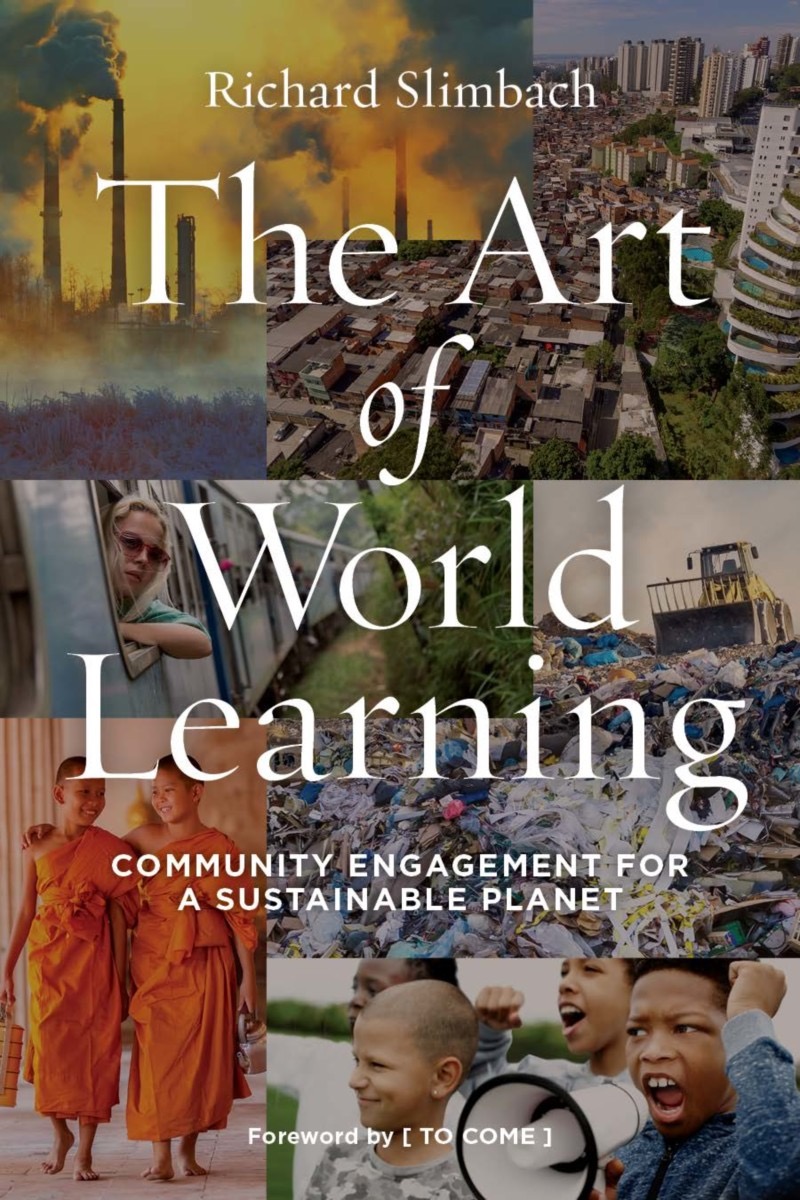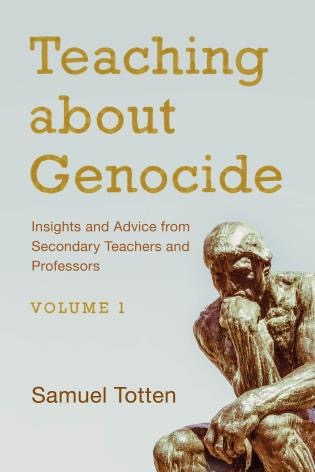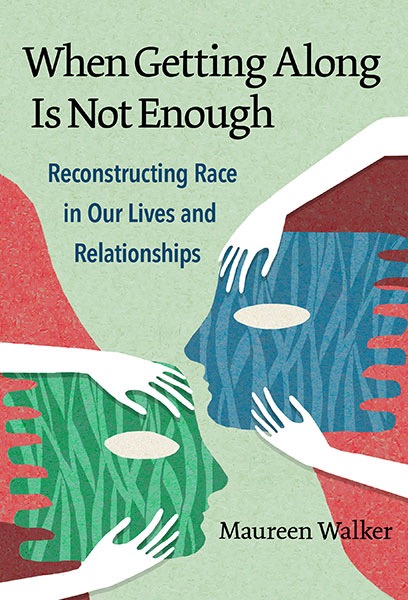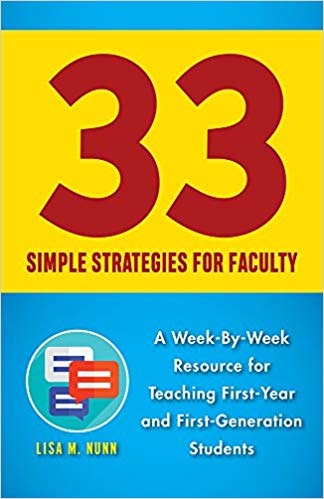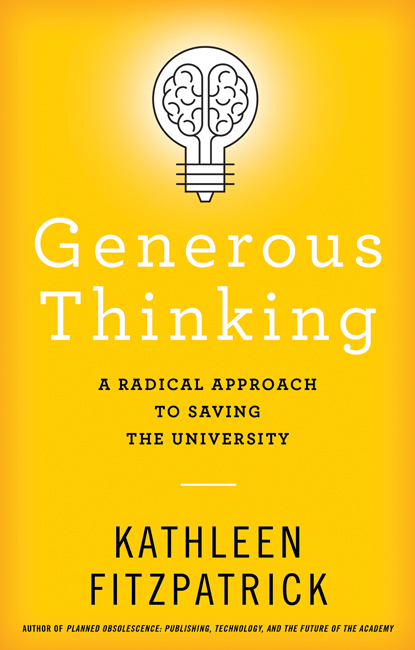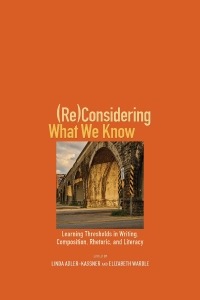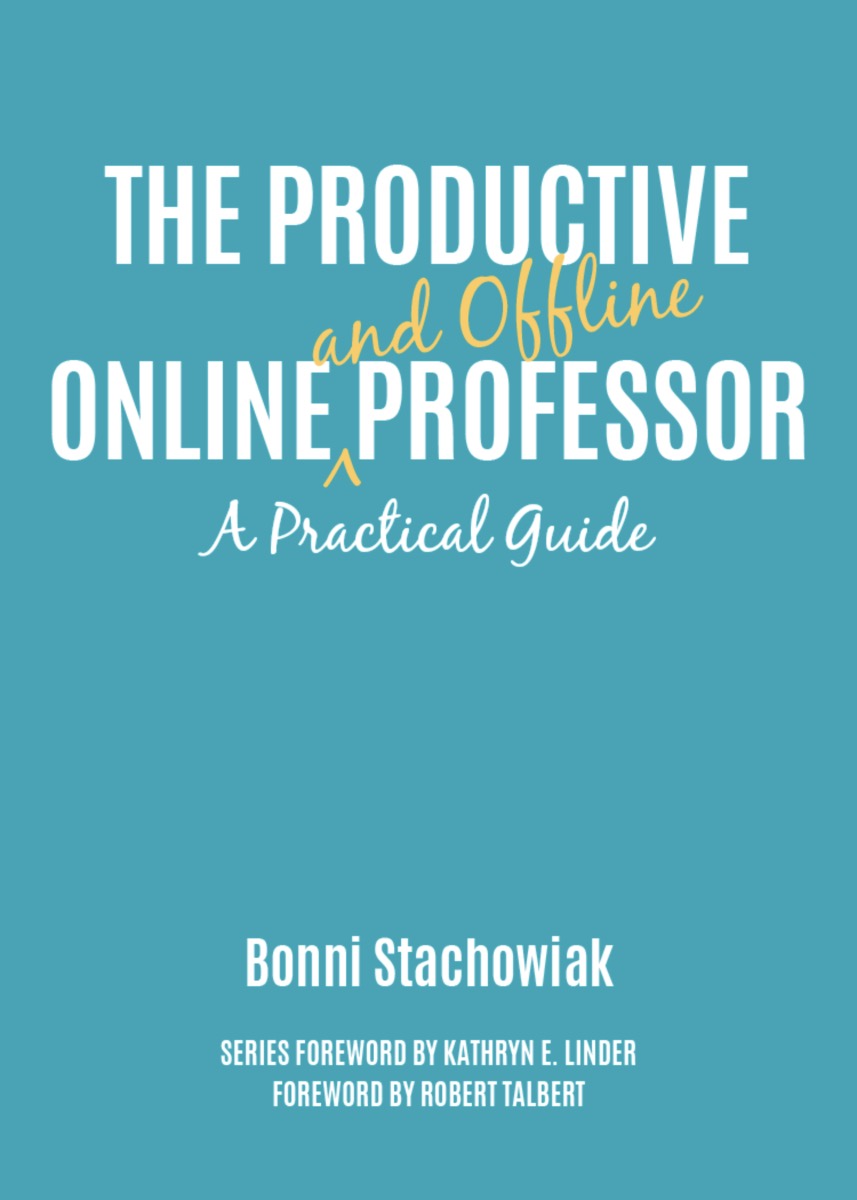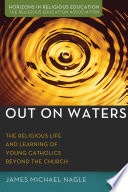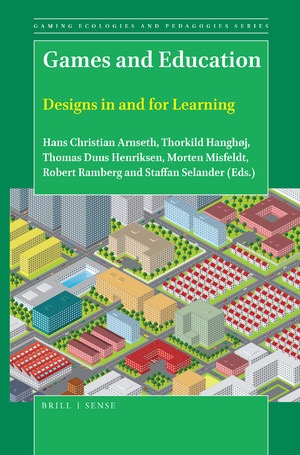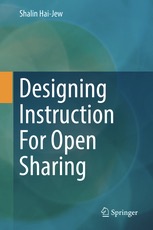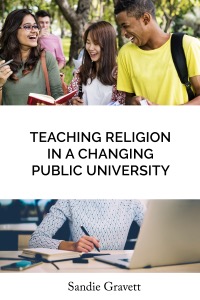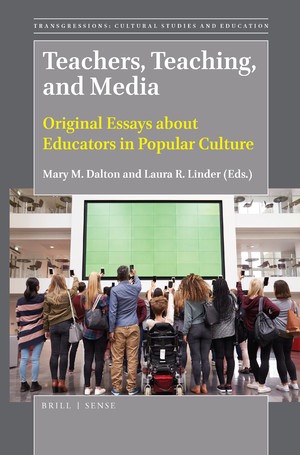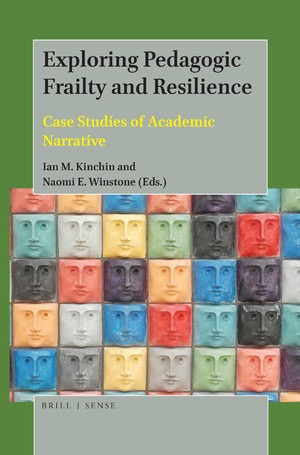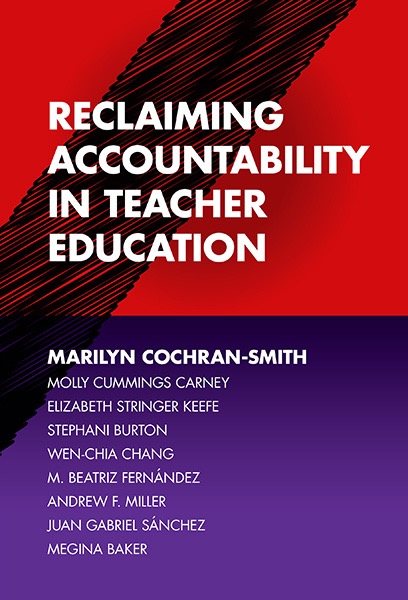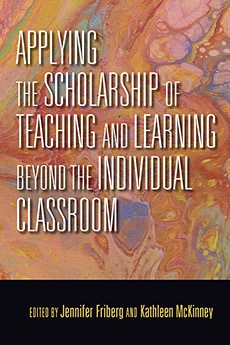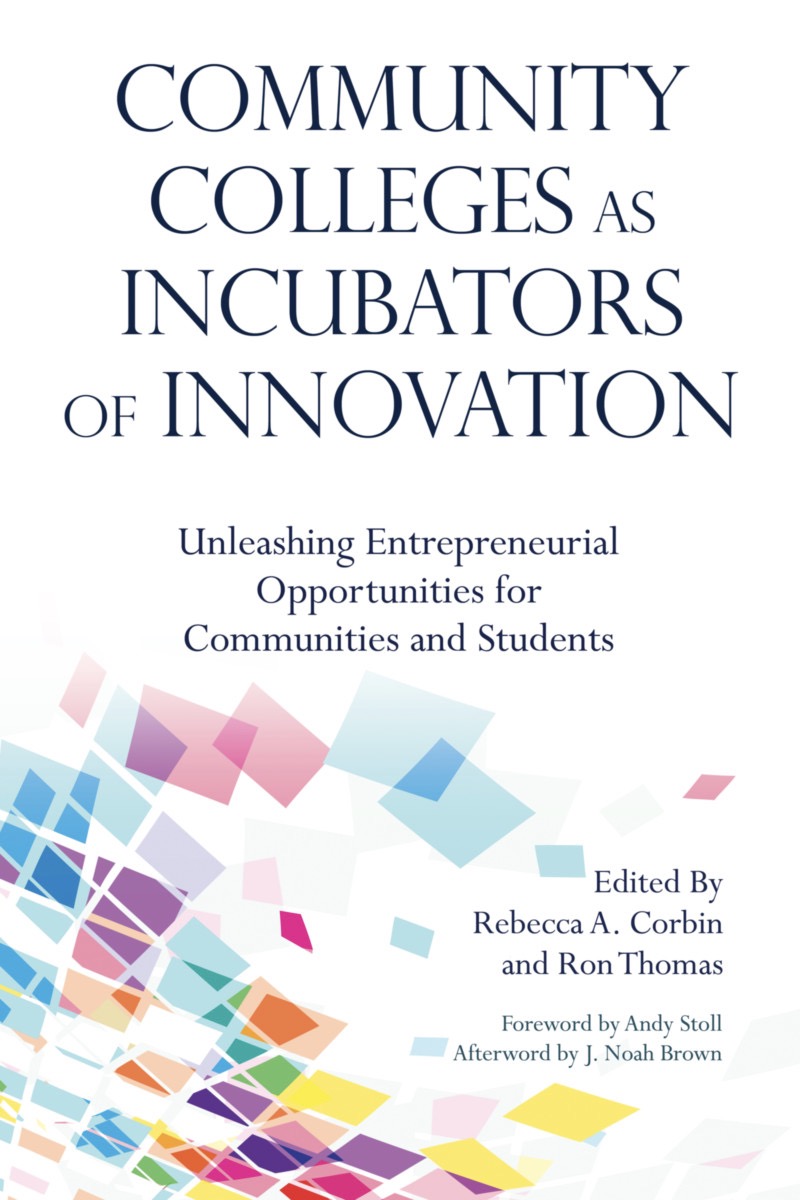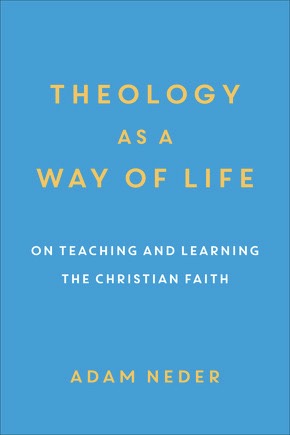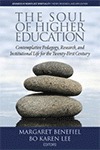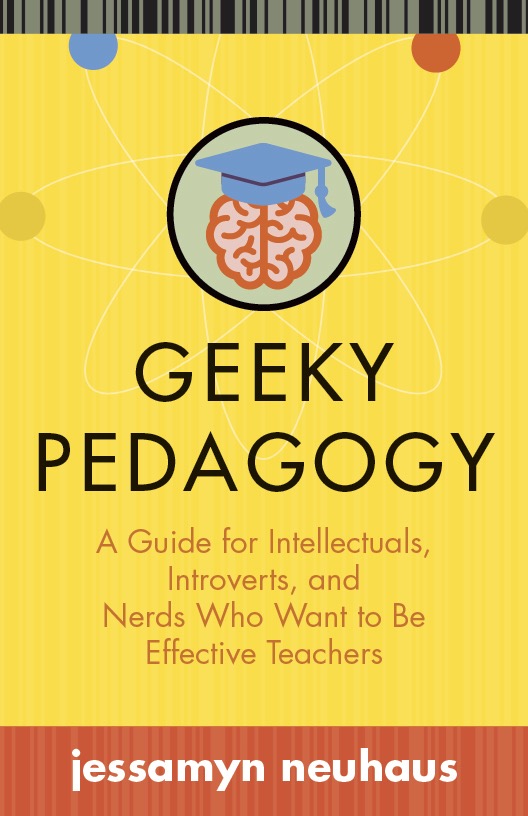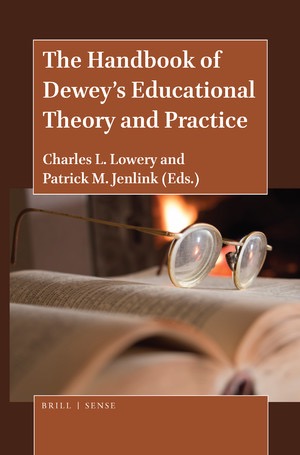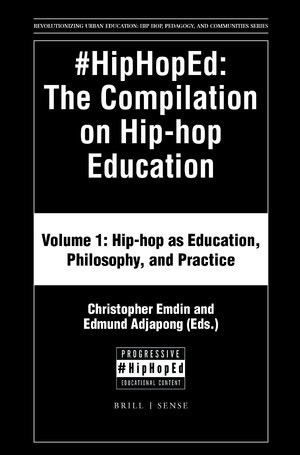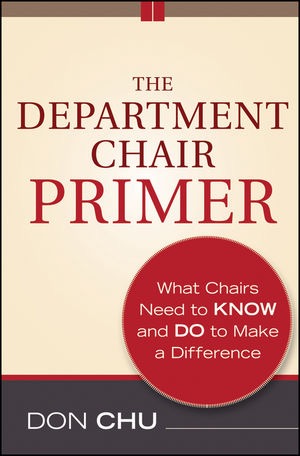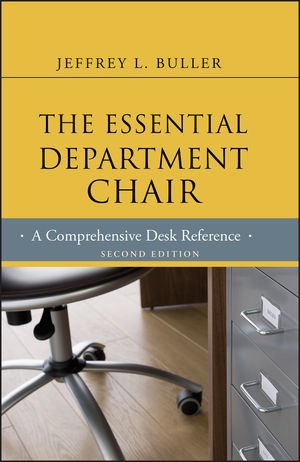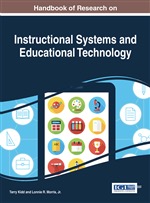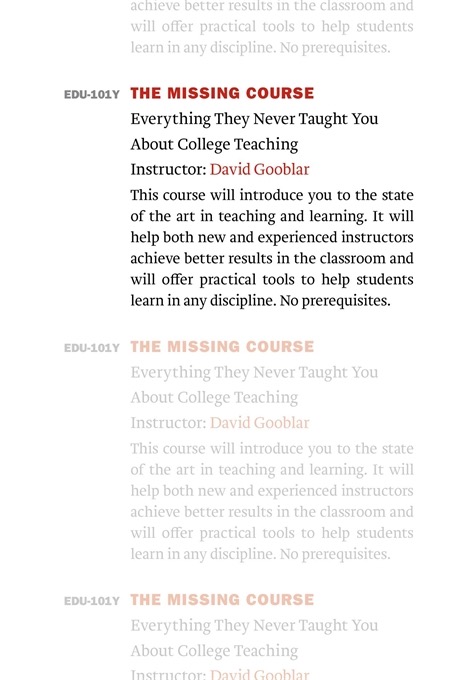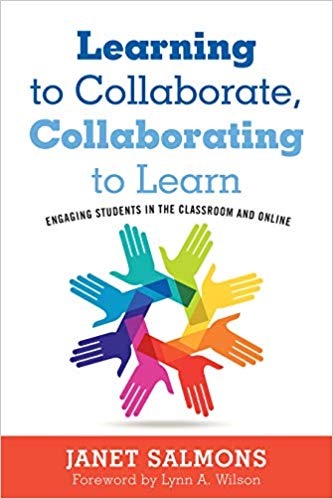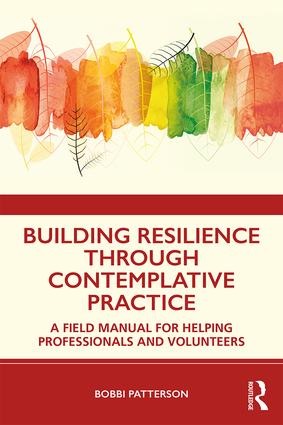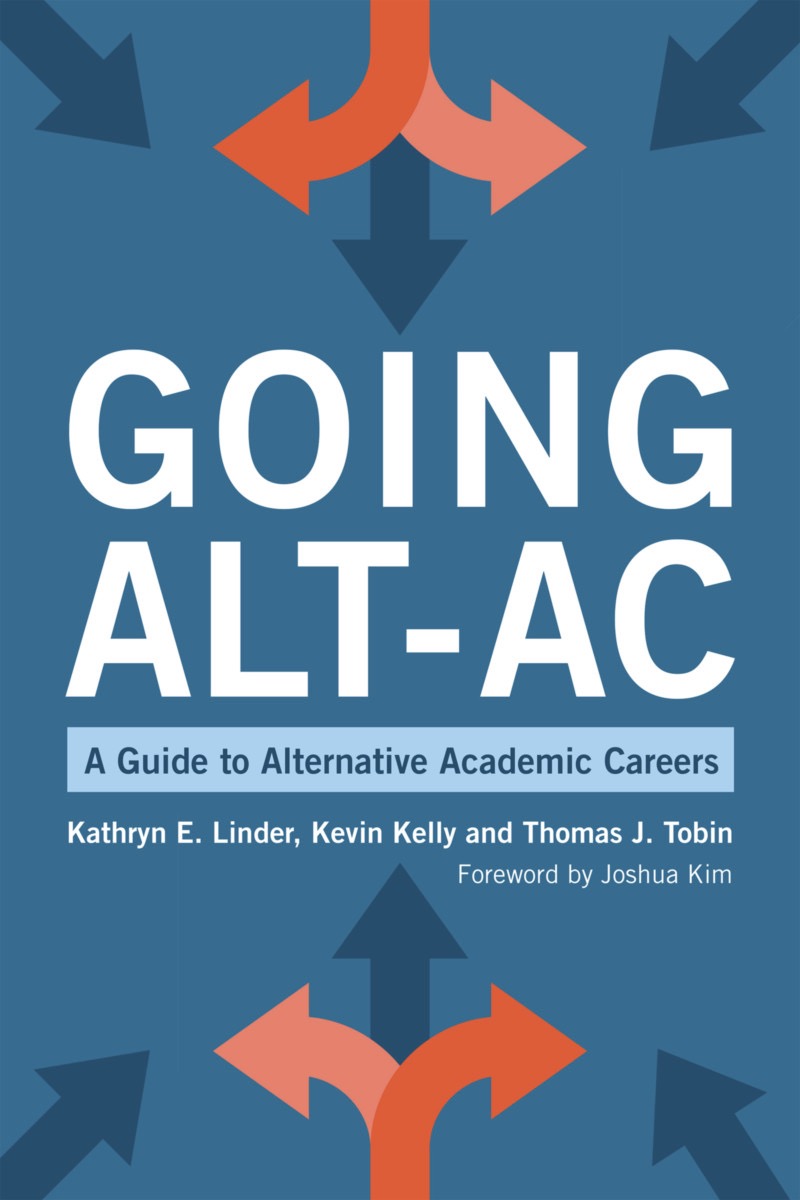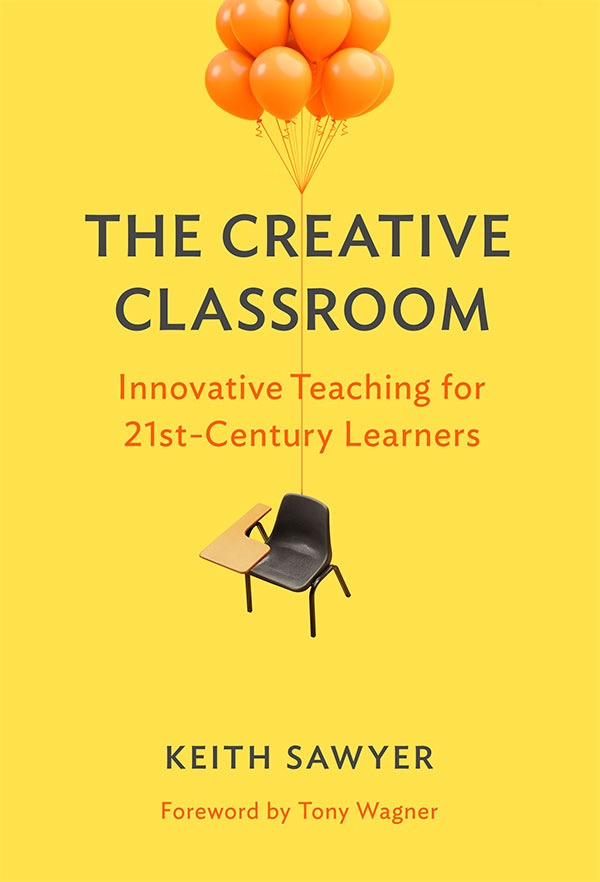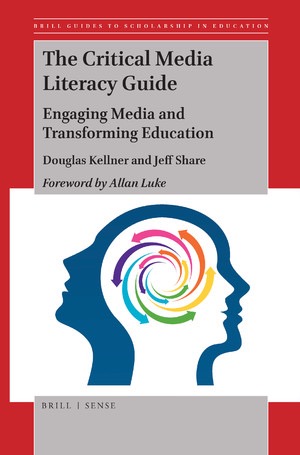Book Reviews
The Wabash Center Journal On Teaching is not accepting book reviews at this time.
The Wabash Center Journal on Teaching publishes short (500 word) reviews of books and resources about teaching and learning.
Book Review Editor
Nancy Lynne Westfield, PhD
Director of The Wabash Center for Teaching and Learning in Theology and Religion
westfiel@wabash.edu
800-655-7117
Latest Book Reviews
Date Reviewed: June 22, 2021
As we ask students to truly comprehend this world from the privileged perspective ...
As we ask students to truly comprehend this world from the privileged perspective of the global North, Rich Slimbach asks us to consider two fundamental questions: What and how should we learn? And having learned, for what should we use what we know?
A panoply of pedagogies and methods of inquiry – from study away/abroad and service-based learning to diversity programming, environmental education, and community-based research – aim to develop students who both understand the challenges faced by global communities and act in ways that advance their social and environmental health. What temperaments, social habits, and intellectual abilities will they need to help heal their corner of creation? And what pedagogical perspectives, principles, and procedures can best support them in this creative challenge?
Rich Slimbach argues that transforming student consciousness and life choices requires a global learning curriculum that integrates multi-disciplinary inquiry into the structural causes of problems that riddle the common good, along with mechanisms that bid students to cross borders, to pay attention, and to listen to those unlike themselves.
At its heart, this book proposes a truly transformative approach to community-engaged global learning. (From the Publisher)
Date Reviewed: June 22, 2021
Date Reviewed: June 22, 2021
Book Features:
- Presents a new way of understanding race as a relational dynamic and racism as a symptom of disconnection.
- Synthesizes, for the first time, two important systems of thought: relational-cultural theory and race/social identity theory.
- Includes “Pause to Reflect” exercises designed to stimulate group conversations in book clubs, social justice groups, staff development, classrooms, and workplace training.
- Offers practical, everyday solutions for people of different races to better understand and accept one another. (From the Publisher)
Date Reviewed: June 22, 2021
33 Simple Strategies for Faculty is a guidebook filled with ...
33 Simple Strategies for Faculty is a guidebook filled with practical solutions to this problem. It gives college faculty concrete exercises and tools they can use both inside and outside of the classroom to effectively bolster the academic success and wellbeing of their students. To devise these strategies, educational sociologist Lisa M. Nunn talked with a variety of first-year college students, learning what they find baffling and frustrating about their classes, as well as what they love about their professors’ teaching.
Combining student perspectives with the latest research on bridging the academic achievement gap, she shows how professors can make a difference by spending as little as fifteen minutes a week helping their students acculturate to college life. Whether you are a new faculty member or a tenured professor, you are sure to find 33 Simple Strategies for Faculty to be an invaluable resource. (From the Publisher)
Date Reviewed: June 22, 2021
In Generous Thinking, Fitzpatrick roots this crisis in the work of ...
In Generous Thinking, Fitzpatrick roots this crisis in the work of scholars. Critical thinking—the heart of what academics do—can today often negate, refuse, and reject new ideas. In an age characterized by rampant anti-intellectualism, Fitzpatrick charges the academy with thinking constructively rather than competitively, building new ideas rather than tearing old ones down. She urges us to rethink how we teach the humanities and to refocus our attention on the very human ends—the desire for community and connection—that the humanities can best serve. One key aspect of that transformation involves fostering an atmosphere of what Fitzpatrick dubs "generous thinking," a mode of engagement that emphasizes listening over speaking, community over individualism, and collaboration over competition.
Fitzpatrick proposes ways that anyone who cares about the future of higher education can work to build better relationships between our colleges and universities and the public, thereby transforming the way our society functions. She encourages interested stakeholders to listen to and engage openly with one another\'s concerns by reading and exploring ideas together; by creating collective projects focused around common interests; and by ensuring that our institutions of higher education are structured to support and promote work toward the public good. Meditating on how and why we teach the humanities, Generous Thinking is an audacious book that privileges the ability to empathize and build rather than simply tear apart. (From the Publisher)
Date Reviewed: June 22, 2021
Part 1 raises questions about the ...
Part 1 raises questions about the ideologies of consensus that are associated with naming threshold concepts of a discipline. Contributions challenge the idea of consensus and seek to expand both the threshold concepts framework and the concepts themselves. Part 2 focuses on threshold concepts in action and practice, demonstrating the innovative ways threshold concepts and a threshold concepts framework have been used in writing courses and programs. Part 3 shows how a threshold concepts framework can help us engage in conversations beyond writing studies.
(Re)Considering What We Know raises new questions and offers new ideas that can help to advance the discussion and use of threshold concepts in the field of writing studies. It will be of great interest to scholars and graduate students in writing studies, especially those who have previously engaged with Naming What We Know. (From the Publisher)
Date Reviewed: June 22, 2021
Higher education instructors will find this guide helps them to fulfill their teaching roles with excellence and to build engaging relationships with students while also successfully managing other priorities in their professional and personal lives.
The Productive Online Professor assists those who teach online and blended courses with managing their personal productivity. Faculty are often expected to provide support and feedback to learners outside of normal work hours in non-traditional classes. Programs that are designed with more asynchronous content may cause faculty to perceive that it is difficult to ever press the “off button” on their teaching.The author offers guidance and suggests software tools for streamlining communication and productivity that enable faculty to better balance their lives while giving rich feedback to students.
Part 1 addresses the challenges in defining productivity and presents a working definition for the text.
Part 2 describes the ability to communicate using both synchronous and asynchronous methods, along with ways of enriching such communication.
Part 3 describes methods for finding, curating, and sharing relevant knowledge both within one’s courses and to a broader personal learning network (PLN).
Part 4 examines specific tools for navigating the unique challenges of productivity while teaching online. It includes ways to grade more productively while still providing rich feedback to students.
Part 5 shares techniques for keeping one’s course materials current and relevant in the most efficient ways possible.
The Productive Online Professor is a practical guide for how to provide high quality online classes to diverse students. This book shares specific technology and other tools that may be used in charting a course toward greater productivity. It is intended to be a professional resource for fulfilling our roles with excellence and joy, while managing other priorities in our personal and professional lives.(From the Publisher)
Date Reviewed: June 22, 2021
This book explores one “place” where the religiously-affiliated and religiously-disaffiliating regularly meet—Catholic secondary schools—and something interesting is happening. Through a series of ethnographic portraits of Catholic religious educators and their disaffiliating former students, the book explores the experience of disaffiliation and makes its complexity more comprehensible in order to advance the discourse of fields interested in this significant movement in religious history and practice. (From the Publisher)
Date Reviewed: June 21, 2021
We live in a time of educational transformations towards more 21st century pedagogies and learning. In the digital age children and young people need to learn critical thinking, creativity and innovation and the ability to solve complex problems and challenges. Traditional pedagogies are in crisis and many pupils experience school as both boring and irrelevant. As a response educators and researchers need to engage in transforming education through the invention of new designs in and for learning. This book explores how games can provide new ideas and new designs for future education. Computer games have become hugely popular and engaging, but as is apparent in this book, games are not magical solutions to making education more engaging, fun and relevant.
Games and Education explores new designs in and for learning and offer inspiration to teachers, technologists and researchers interested in changing educational practices. Based on contributions from Scandinavian researchers, the book highlights participatory approaches to research and practice by providing more realistic experiences and models of how games can facilitate learning in school. (From the Publisher)
Date Reviewed: June 21, 2021
This textbook considers and addresses the design of online learning objects, electronic textbooks, short courses, long courses, MOOC courses, and other types of contents for open sharing. It also considers the design of online mediated communities to enhance such learning. The “openness” may be open-access, and/or it may even be open-source. The learning may range from self-directed and automated to AI robot-led to instructor-led.
The main concept of this work is that design learning for open sharing, requires different considerations than when designing for closed and proprietary contexts. Open sharing of learning contents requires a different sense of laws (intellectual property, learner privacy, pedagogical strategies, technologies, media, and others). It requires different considerations of learner diversity and inclusion. It requires geographical, cultural, and linguistic considerations that are not as present in more localized designs. The open sharing aspect also has effects on learner performance tracking (assessments) and learner feedback.
This textbook targets students, both undergraduate and graduate in computer science, education and other related fields. Also, professionals in this field managing online systems would find this book helpful. (From the Publisher)
Date Reviewed: June 21, 2021
“Revolutionary changes in the higher education landscape call for sustained reflection on ...
“Revolutionary changes in the higher education landscape call for sustained reflection on impact of these items on the structures in which academic work in religious studies happens and the conditions of faculty life. The advent of new educational technologies, the needs of more diverse student bodies, and alterations in the relationships between universities and communities also raise questions about how religious studies scholars and the programs they provide will evolve.”
From this understanding, she provides a succinct and insightful analysis of the types of courses taught in religious studies programs and how these fare (or not) in new modalities impacted by technological change and digital learning.
Dr. Gravett’s discussion of the challenges of an increasingly multicultural environment, with its religious pluralism, and the possible roles of religious studies scholars and programs, orient the reader toward present complexities and the potential of religious studies to not only survive but add increasing impact in the future. (From the Publisher)
Date Reviewed: June 21, 2021
This edited volume offers a fresh take on educator characters in popular culture and also includes important essays about media texts that have not been addressed adequately in the literature previously. The 15 chapters cover diverse forms from literary classics to iconic teacher movies to popular television to rock ‘n’ roll. Topics explored include pedagogy through the lenses of gender, sexuality, race, disability, politics, narrative archetypes, curriculum, teaching strategies, and liberatory praxis. The various perspectives represented in this volume come from scholars and practitioners of education at all levels of schooling. This book is especially timely in an era when public education in the United States is under assault from conservative political forces and undervalued by the general public. (From the Publisher)
Date Reviewed: June 21, 2021
Chapters are written by academic leaders – colleagues who are recognised as excellent teachers within their disciplines and whose voices will be acknowledged as offering authentic commentary on the current state of university teaching. These commentaries offer a unique resource for other academics who may be tempted to reflect on their teaching in a scholarly manner, or to university managers and academic developers who want to explore the detail that lies beneath broad surveys of teaching quality and investigate the factors that can either support the development of teaching or impede its progress.
This collection of narratives drawn from a single institution will resonate with the experiences of teachers in higher education more broadly through areas of common interest and regions of generalisability that can be explored to inform professional development of university teachers in other institutional and national contexts. (From the Publisher)
Date Reviewed: June 21, 2021
Date Reviewed: June 21, 2021
Date Reviewed: June 21, 2021
This book addresses the urgent need for community colleges to prioritize entrepreneurship education both to remain relevant in a changing economy and to give graduate students the flexible and interdisciplinary mindsets needed for the ...
This book addresses the urgent need for community colleges to prioritize entrepreneurship education both to remain relevant in a changing economy and to give graduate students the flexible and interdisciplinary mindsets needed for the future of society. It argues that entrepreneurial education should be offered broadly to a wide range of students, and across all disciplines; defines the key constructs for achieving this objective; and describes how to create entrepreneurial learning environments.
The expert contributors, with the support of the National Association for Community College Entrepreneurship (NACCE), start from the premise that community colleges are uniquely positioned to lead entrepreneurial initiatives through both internally-generated curriculum design and through collaboration with the local entrepreneurial community to build bridges between the classroom to the community which in turn can offer models of implementation and constitute a network or support system for students. Community colleges can become incubators of innovation, a magnet for talent, and provide the impetus for development strategies that their communities have not begun to realize.
As the chapters make clear, developing an entrepreneurial program itself requires an entrepreneurial mindset that transcends any lack of resources, requiring a spirit of imagination and resourcefulness. This book takes the reader on a journey through the steps needed to build a meaningful, relevant, and sustainable entrepreneurship program, covering program development, curriculum design, appropriate pedagogical approaches, and community engagement. (From the Publisher)
Date Reviewed: June 21, 2021
Drawing on the work of Søren Kierkegaard, Karl Barth, and Dietrich Bonhoeffer, Adam Neder offers a clear and creative theological and spiritual reflection on the art of teaching the Christian faith. This concise and engaging book offers a wealth of fresh insights and practical suggestions. While addressed to teachers in academic contexts, the approach is broad enough to include anyone involved in teaching and learning Christianity. (From the Publisher)
Date Reviewed: June 21, 2021
Date Reviewed: June 21, 2021
Geeky Pedagogy ...
Geeky Pedagogy avoids the excessive jargon, humorlessness, and endless proscriptions that plague much published advice about teaching. Neuhaus is aware of how embodied identity and employment status shape one’s teaching context, and she eschews formulaic depictions of idealized exemplar teaching, instead inviting readers to join her in an engaging, critically reflective conversation about the vicissitudes of teaching and learning in higher education as a geek, introvert, or nerd. Written for the wonks and eggheads who want to translate their vast scholarly expertise into authentic student learning, Geeky Pedagogy is packed with practical advice and encouragement for increasing readers’ pedagogical knowledge. (From the Publisher)
Date Reviewed: June 21, 2021
Date Reviewed: June 21, 2021
Date Reviewed: June 21, 2021
In this second edition of his classic resource, Don Chu outlines the proven ideas and strategies new department chairs need in order to do their jobs well. Thoroughly ...
In this second edition of his classic resource, Don Chu outlines the proven ideas and strategies new department chairs need in order to do their jobs well. Thoroughly revised and updated, The Department Chair Primer contains information that addresses the current pressures and challenges in higher education and offers practical suggestions for responding to them.
Filled with illustrative examples, the book gets straight to the heart of challenges and issues. Each chapter details a particular problem, includes a brief introduction to the topic, and provides tips on how to deal with the situation. Covering a wealth of topics, The Department Chair Primer
-Explores the chair\'s role as department leader
-Offers suggestions for handling stress and conflict
-Includes information on budgeting, resource management, and development
-Contains strategies for professional development, people management, and working with challenging personnel
-Presents ideas for handling department communications, student development, and strategic positioning
Written in a concise and accessible manner, The Department Chair Primer is an ideal resource for the busy new department chair. (From the Publisher)
Date Reviewed: June 21, 2021
Thoroughly revised, updated, and expanded, this classic resource covers a broad spectrum of timely topics and is now truly more than a guide—it\'s a much-needed desk reference that tells you "everything you need to know to be a department chair." The Essential Department Chair contains information on topics such as essentials of creating a strategic plan, developing and overseeing a budget, key elements of fundraising, preparing for the role of chair, meeting the challenges of mentoring to increase productivity, and creating a more collegial atmosphere. The book also explores the chair\'s role in the search process, shows how to conduct a successful interview and what to do when it\'s time to let someone go. And the author includes suggestions for the best practices to adopt when doing an evaluation or assessment.
The Essential Department Chair, Second Edition, contains a wealth of new, realistic case studies to equip leaders in this pivotal position to excel in departmental and institutional life. (From the Publisher)
Date Reviewed: June 21, 2021
The Handbook of Research on Instructional Systems and Educational Technology is an essential reference source for the latest scholarly research on new models, trends, and data for solving instructional and learning challenges in education. Featuring extensive coverage on a wide range ...
The Handbook of Research on Instructional Systems and Educational Technology is an essential reference source for the latest scholarly research on new models, trends, and data for solving instructional and learning challenges in education. Featuring extensive coverage on a wide range of topics such as distance education, online learning, and blended learning, this publication is ideally designed for academicians, practitioners, researchers, and students seeking current research on the latest improvements in instructional systems. (From the Publisher)
Date Reviewed: June 21, 2021
College is changing, but the way we train academics is not. Most professors are still trained to be researchers first and teachers a distant second, even as scholars are increasingly expected ...
College is changing, but the way we train academics is not. Most professors are still trained to be researchers first and teachers a distant second, even as scholars are increasingly expected to excel in the classroom.
There has been a revolution in teaching and learning over the past generation, and we now have a whole new understanding of how the brain works and how students learn. But most academics have neither the time nor the resources to catch up to the latest research or train themselves to be excellent teachers. The Missing Course offers scholars at all levels a field guide to the state of the art in teaching and learning and is packed with invaluable insights to help students learn in any discipline.
Wary of the folk wisdom of the faculty lounge, David Gooblar builds his lessons on the newest findings and years of experience. From active-learning strategies to course design to getting students talking, The Missing Course walks you through the fundamentals of the student-centered classroom, one in which the measure of success is not how well you lecture but how much students learn. Along the way, readers will find ideas and tips they can use in their classrooms right away. (From the Publisher)
Date Reviewed: June 21, 2021
Learning to Collaborate, Collaborating to Learn uses the author’s Taxonomy of Online Collaboration to illustrate levels of ...
Learning to Collaborate, Collaborating to Learn uses the author’s Taxonomy of Online Collaboration to illustrate levels of progressively more complex and integrated collaborative activities.
- Part I introduces the Taxonomy of Online Collaboration and offers theoretical and research foundations.
- Part II focuses on ways to use Taxonomy of Online Collaboration, including, clarifying roles and developing trust, communicating effectively, organizing project tasks and systems.
- Part III offers ways to design collaborative learning activities, assignments or projects, and ways to fairly assess participants’ performance. Learning to Collaborate, Collaborating to Learn is a professional guide intended for faculty, curriculum planners, or instructional designers who want to design, teach, facilitate, and assess collaborative learning. The book covers the use of information and communication technology tools by collaborative partners who may or may not be co-located. As such, the book will be appropriate for all-online, blended learning, or conventional classrooms that infuse technology instructional techniques. (From the Publisher)
Date Reviewed: June 21, 2021
Viewing service and burnout as interdependent throughout phases of stability, collapse, reorganization, and exploitation, the book uniquely combines elements of adaptive resilience theory with contemplative practices and pedagogies. Drawing on the author’s extensive experience working at the intersection of service ...
Viewing service and burnout as interdependent throughout phases of stability, collapse, reorganization, and exploitation, the book uniquely combines elements of adaptive resilience theory with contemplative practices and pedagogies. Drawing on the author’s extensive experience working at the intersection of service and contemplative practices, this is the first book to demonstrate how and why professionals and volunteers can reframe burnout as an opportunity for resilience-building service. User-friendly case studies provide tools, skills, and exercises for reconstructive next steps. Chapters address personal, group, and structural levels of service and burnout.
Illuminating the link between adaptive resilience and burnout as a normal and useful phase of service, Building Resilience Through Contemplative Practice is a necessary resource for professionals and volunteers across a wide range of service settings. (From the Publisher)
Date Reviewed: June 21, 2021
Focusing on the range of potential alternative career choices, this highly practical book offers tools and prompts for readers who are:
-Considering whether to choose an alt-ac career path
-Seeking specific alt-ac positions
-Advising graduate students or mentoring recent professional graduates
-Encountering alt-ac career challenges
The authors offer case stories—their own and those of colleagues across North America in alt-ac roles—with concrete examples designed to help readers pursue, obtain, and excel in a wide variety of alt-ac positions. The book can equally be used as a resource for graduate courses on professional development and job-market preparation. (From the Publisher)
Date Reviewed: June 21, 2021
Date Reviewed: June 21, 2021
The increase in fake news, alternative facts, bots, and trolls, challenge our abilities to judge credibility and recognize bias. Kellner and Share present a critical lens and strategies to contextualize and analyze the dominant ideologies going viral across social media platforms and disseminated globally from enormous transnational corporations. The Critical Media Literacy Guide is a powerful resource to analyze and challenge representations and narratives of multiple forms of identity, privilege, and oppression. Since the struggle for social justice and democracy require new theories and pedagogies to maneuverer the constantly changing terrain, this book is essential for all educators. (From the Publisher)
